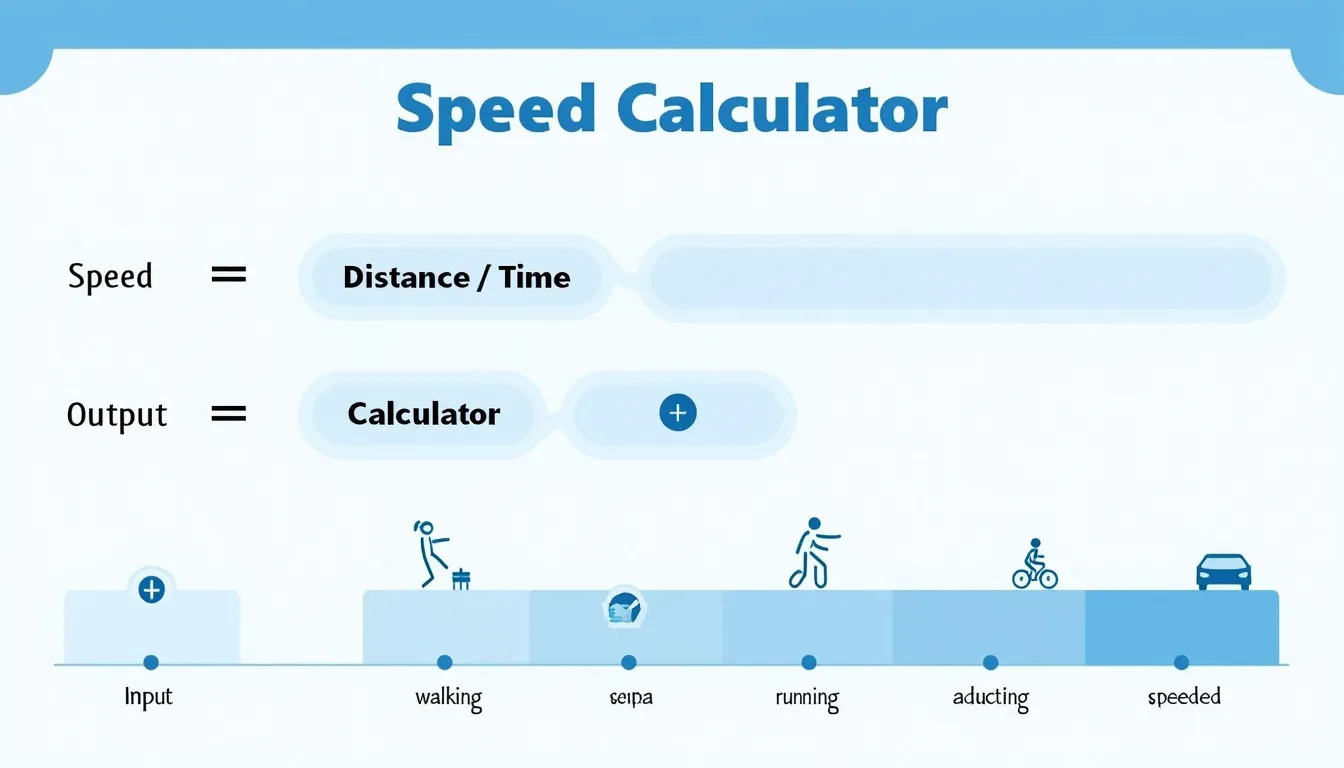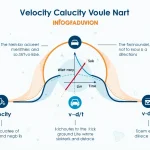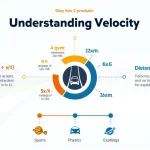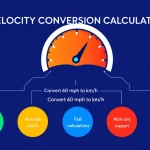Speed Calculator
Is this tool helpful?
How to use the tool
- Distance (m): type a positive value, e.g., 1 230 m or 3 875.4 m.
- Time (s): fill in a positive value, e.g., 95 s or 307.8 s.
- Press the calculate button—the tool outputs speed to three decimal places.
Formula used
$$Speed = rac{Distance\,(m)}{Time\,(s)}$$
Example calculations
- Example A: 1 230 m / 95 s = $$ rac{1230}{95}=12.947$$ m/s.
- Example B: 60 m / 8.5 s = $$ rac{60}{8.5}=7.059$$ m/s.
Quick-Facts
- 1 m/s = 3.6 km/h (NIST unit tables, 2023).
- World-record sprint peak ≈ 12.42 m/s (IAAF Berlin Report, 2009).
- Typical walking speed ≈ 1.4 m/s (Knoblauch et al., 1996).
- SI Brochure names the metre and second as base units (BIPM, 2019).
FAQ
What is speed?
Speed is distance traveled per unit time, expressed in metres per second (BIPM, 2019).
How does the calculator work?
It divides your distance input by your time input, then rounds the quotient to three decimals—no further processing.
Can I convert the result to kilometres per hour?
Multiply the displayed m/s value by 3.6 to obtain km/h, following the SI derived-unit ratio (NIST unit tables, 2023).
Why must inputs be positive?
Negative or zero values break the distance-over-time ratio and render speed undefined in classical mechanics (Halliday & Resnick, 2021).
How accurate is the tool?
It uses IEEE-754 double precision, giving roughly 15 significant digits internally before rounding (IEEE 754-2019).
What size numbers can it handle?
JavaScript doubles accept up to ±1.8 × 10³⁰⁸, far beyond typical speed calculations (MDN Docs, 2023).
Is the formula valid at relativistic speeds?
No. Above 0.1c you must apply Lorentz transformations from special relativity (Einstein, 1905).
How can educators use this tool?
Assign varied distances and times so students observe linear relationships and verify $$Speed \proportional Distance$$ when time is constant.
Important Disclaimer
The calculations, results, and content provided by our tools are not guaranteed to be accurate, complete, or reliable. Users are responsible for verifying and interpreting the results. Our content and tools may contain errors, biases, or inconsistencies. Do not enter personal data, sensitive information, or personally identifiable information in our web forms or tools. Such data entry violates our terms of service and may result in unauthorized disclosure to third parties. We reserve the right to save inputs and outputs from our tools for the purposes of error debugging, bias identification, and performance improvement. External companies providing AI models used in our tools may also save and process data in accordance with their own policies. By using our tools, you consent to this data collection and processing. We reserve the right to limit the usage of our tools based on current usability factors.







